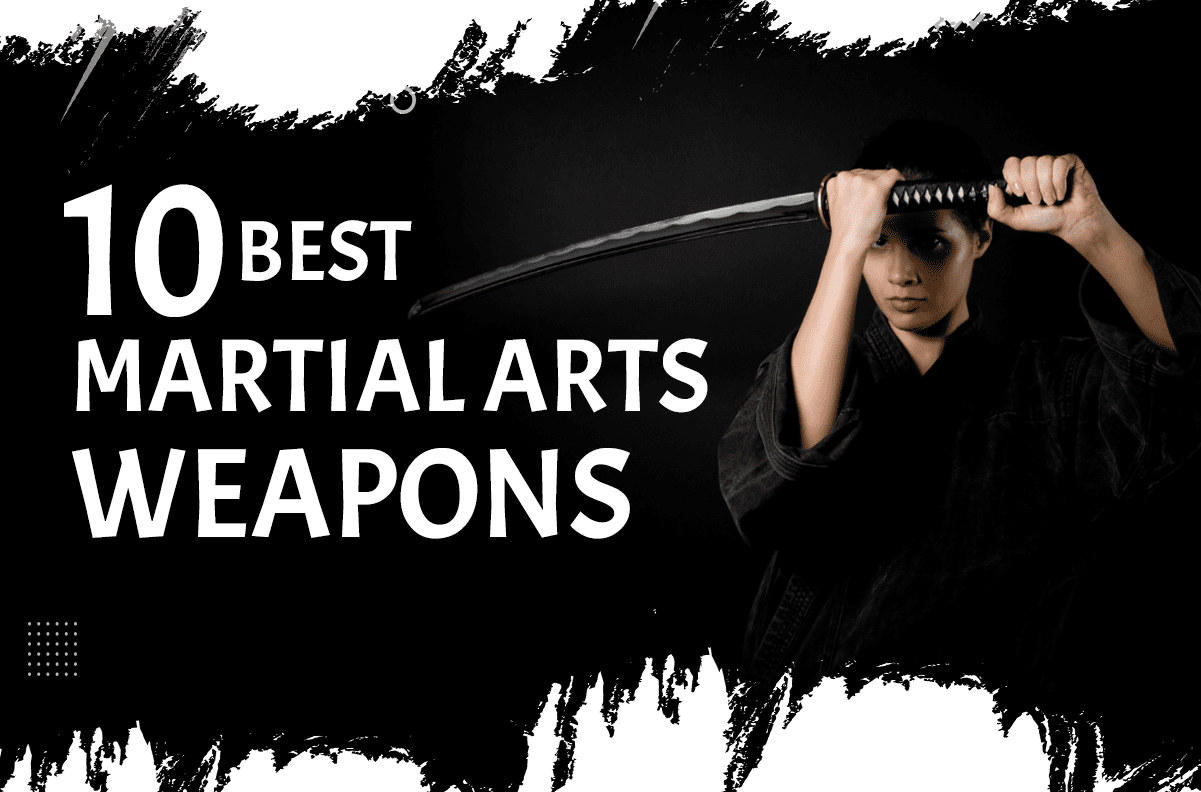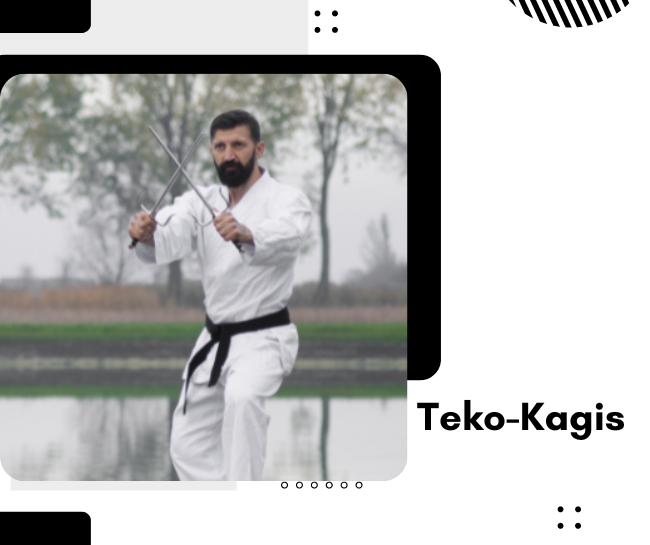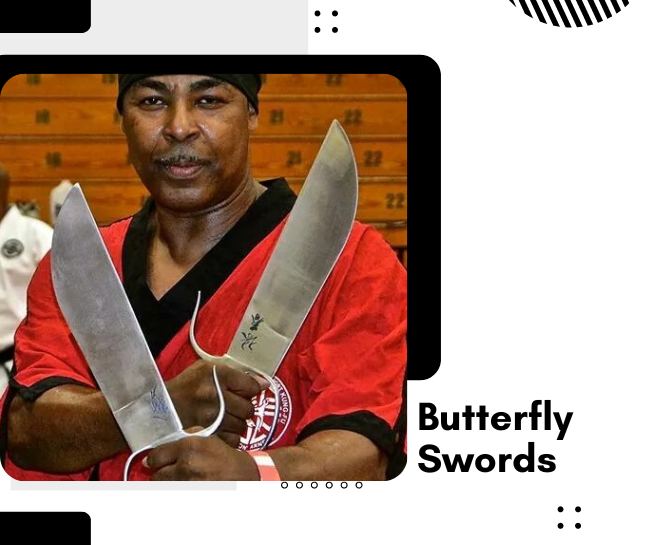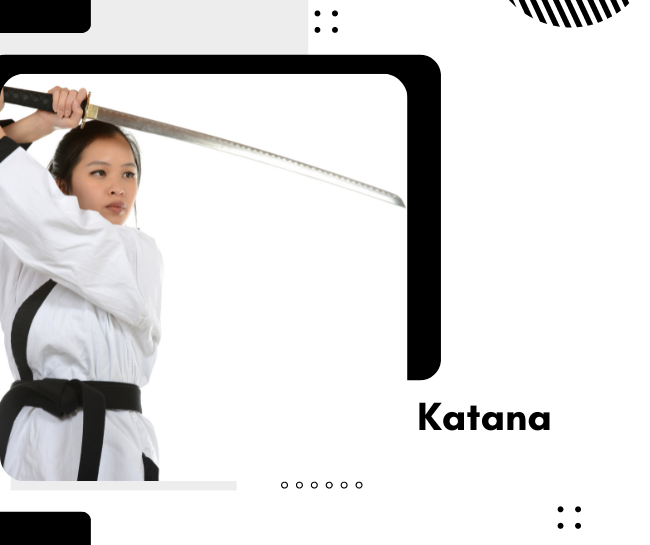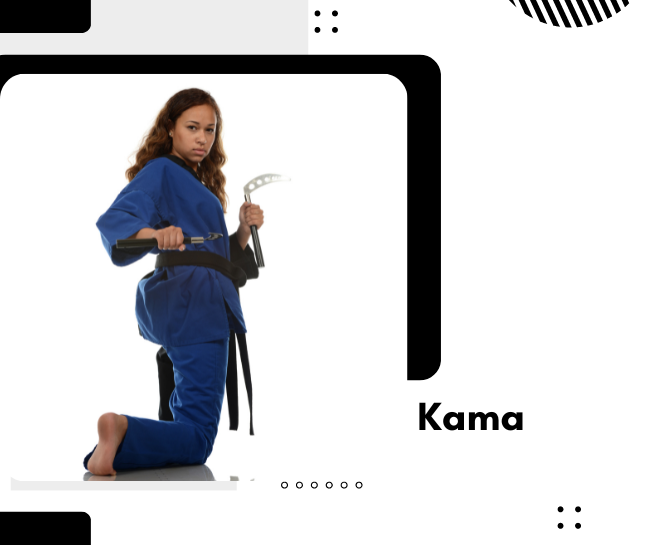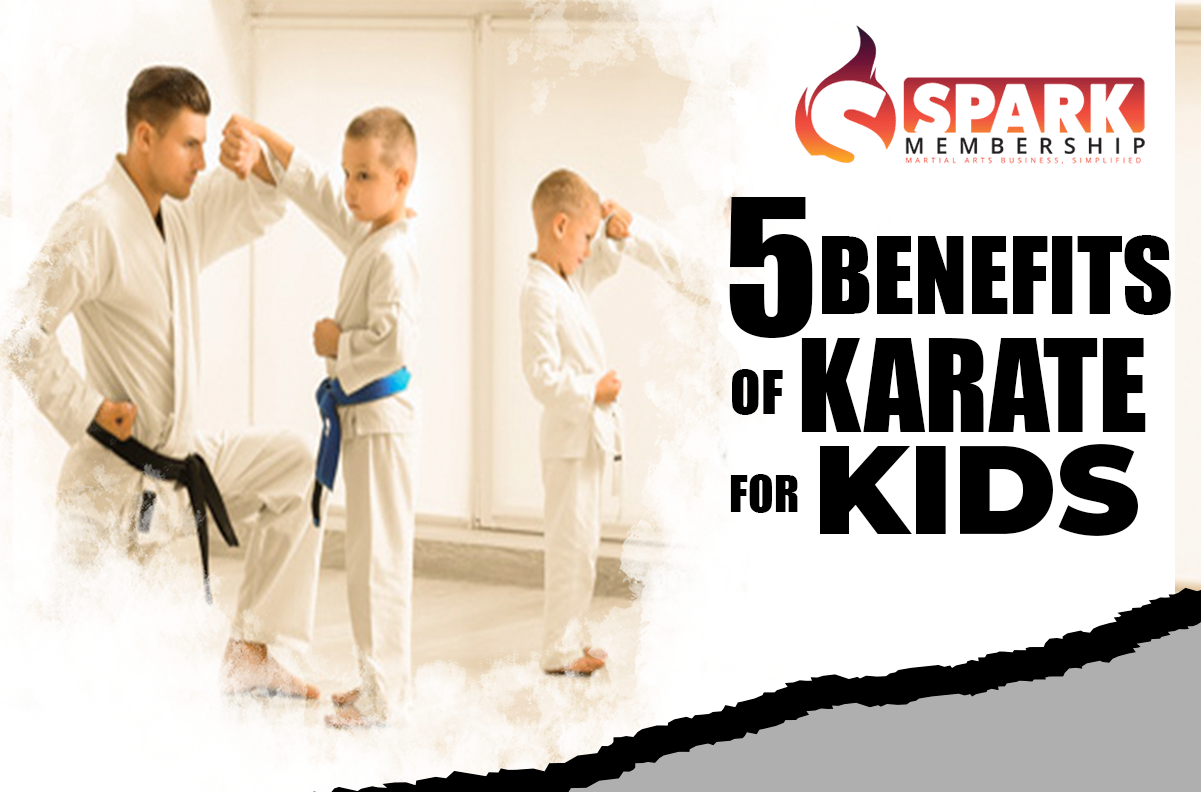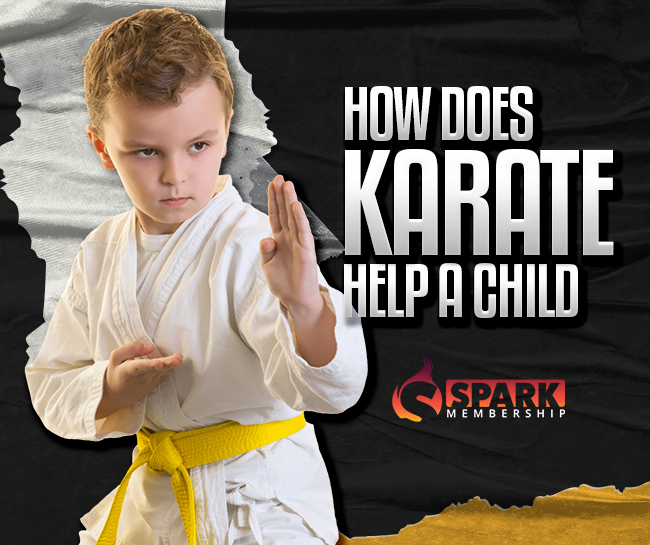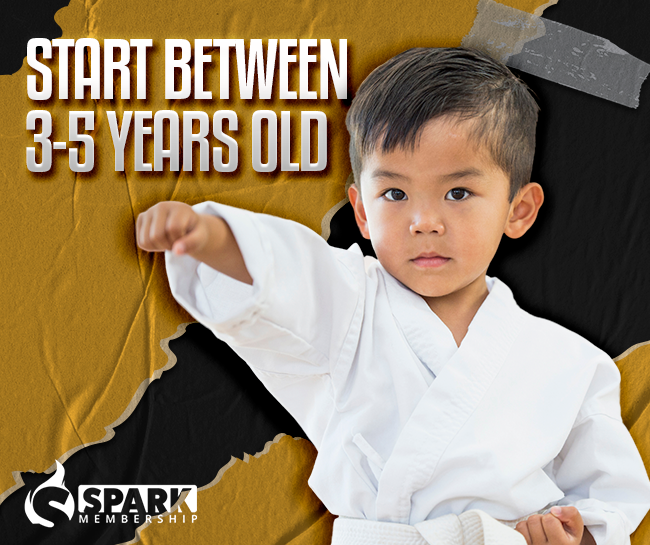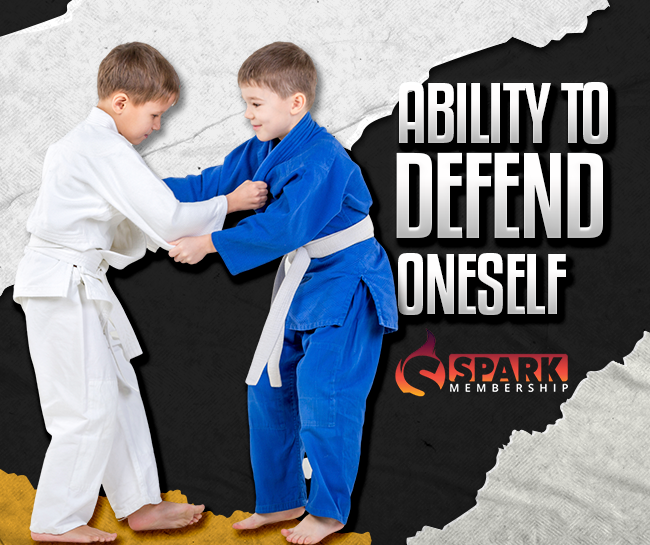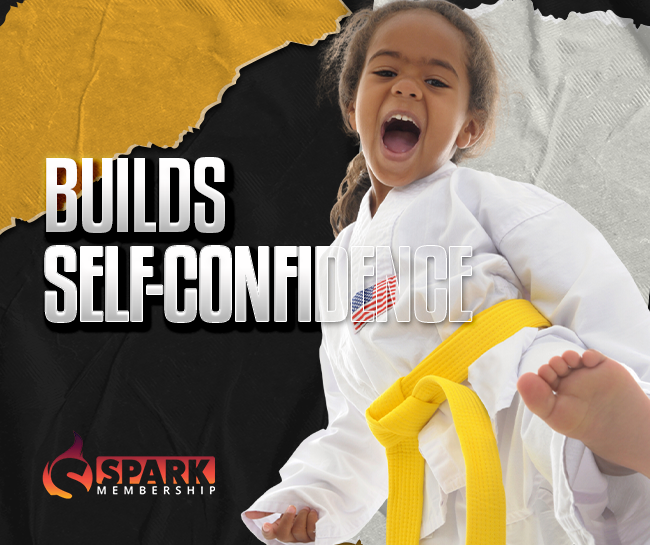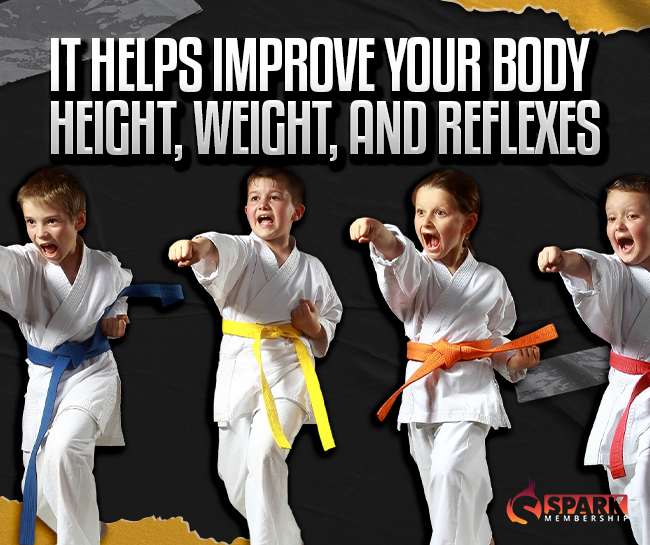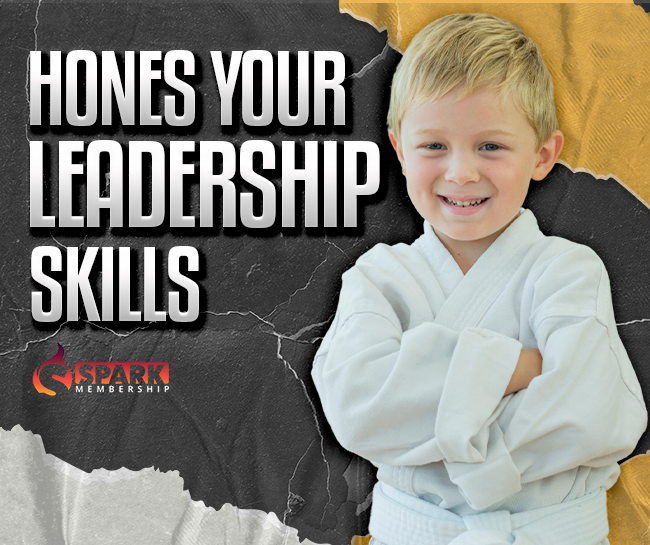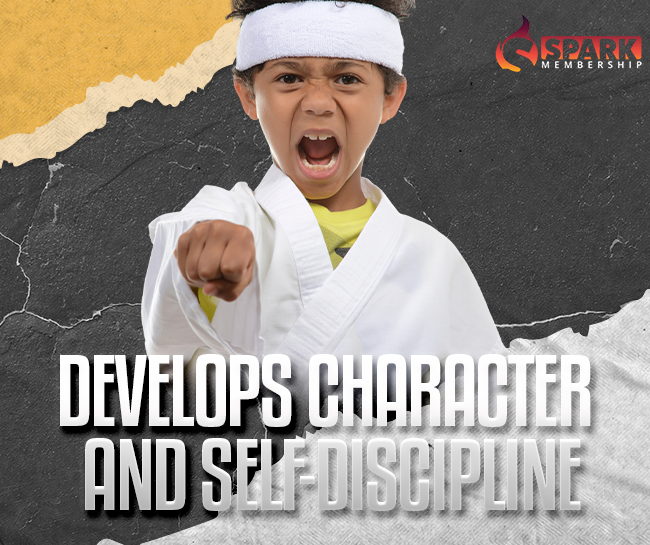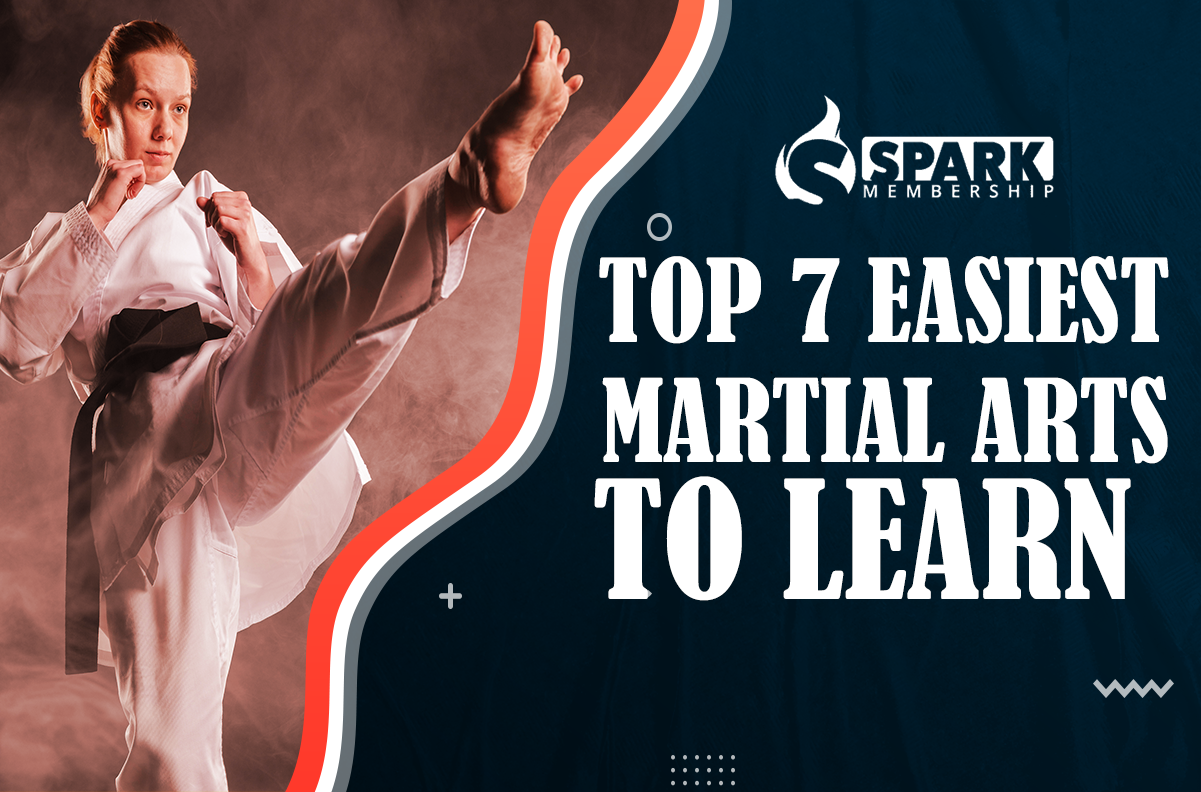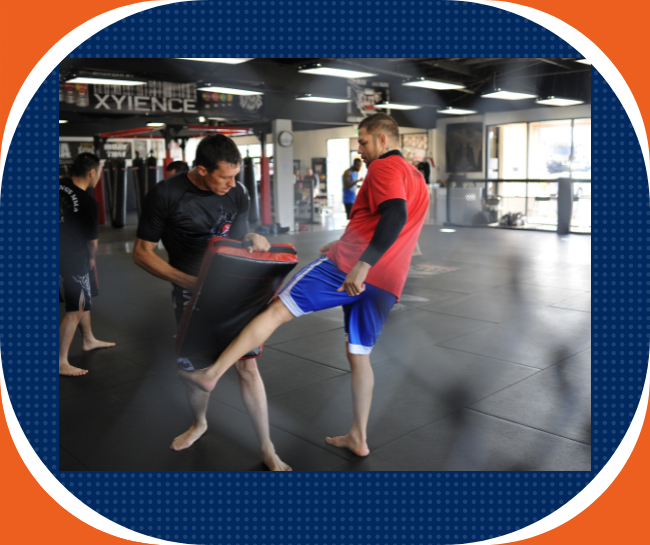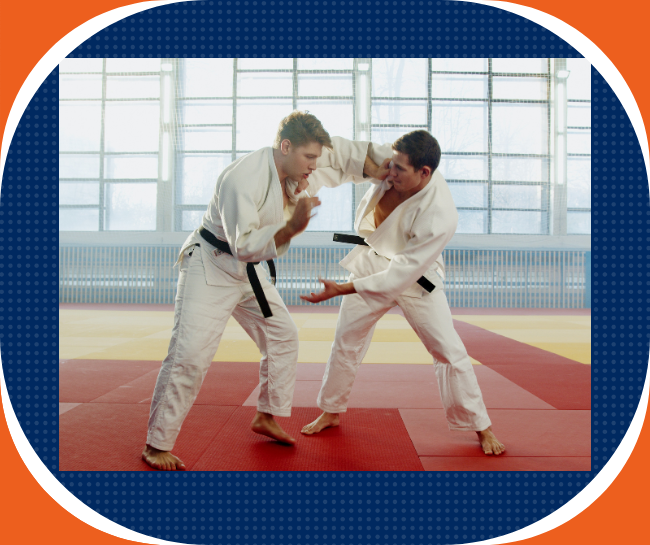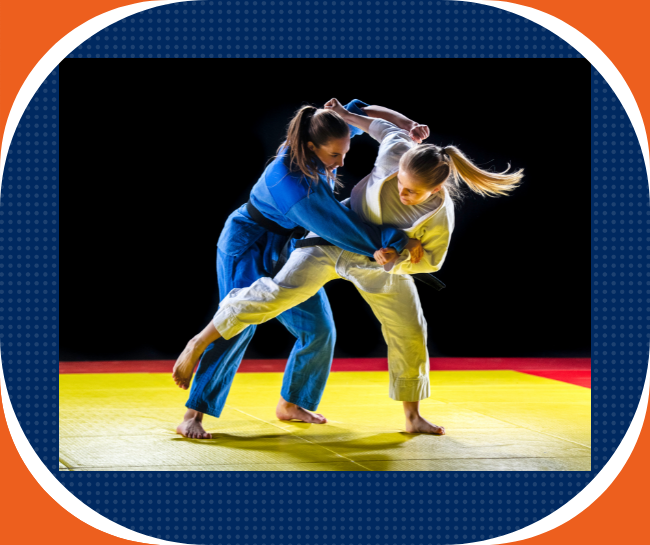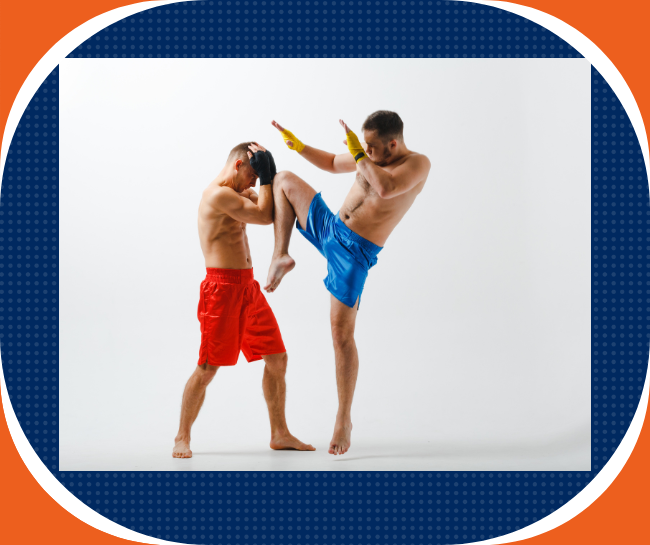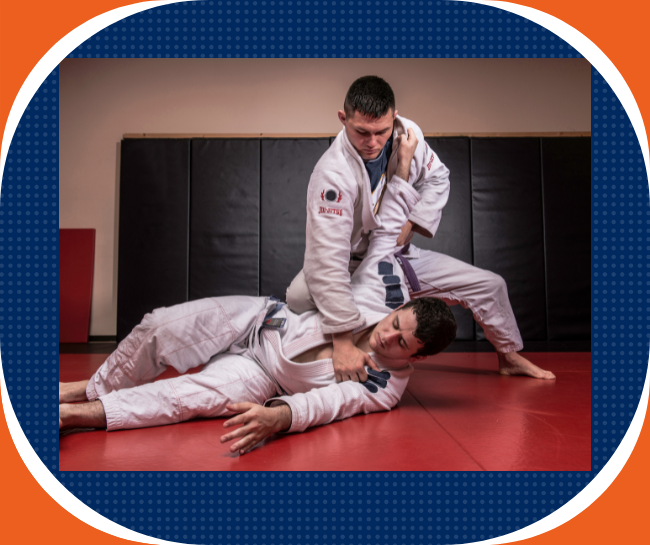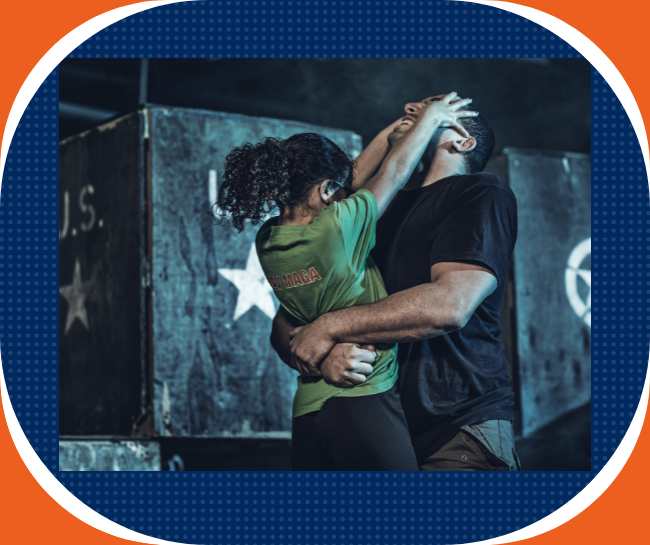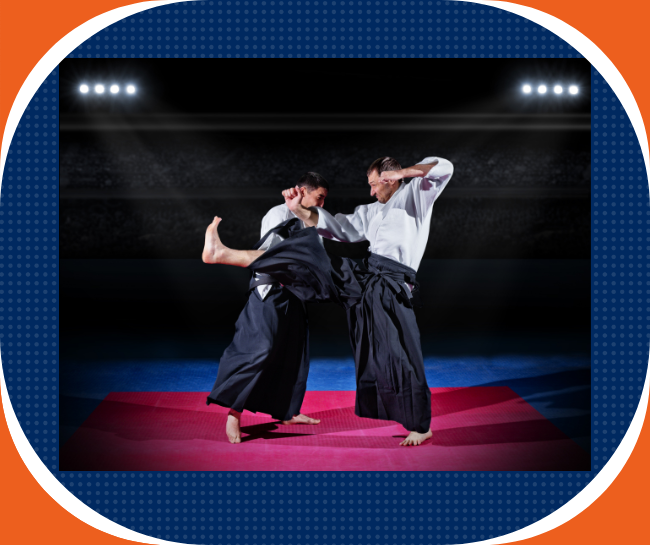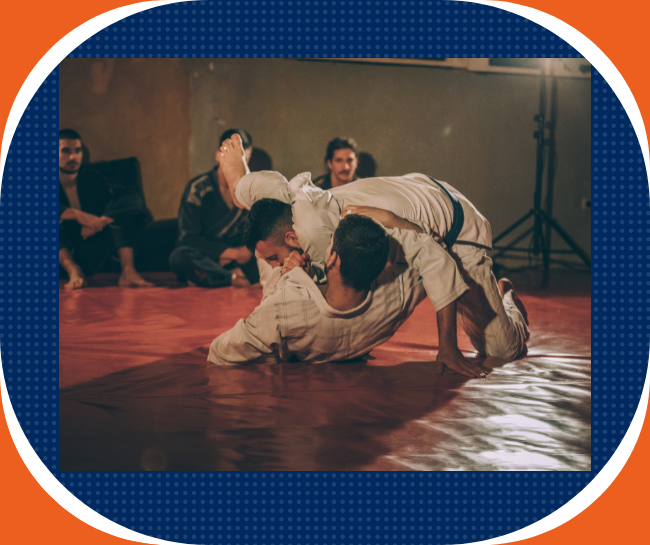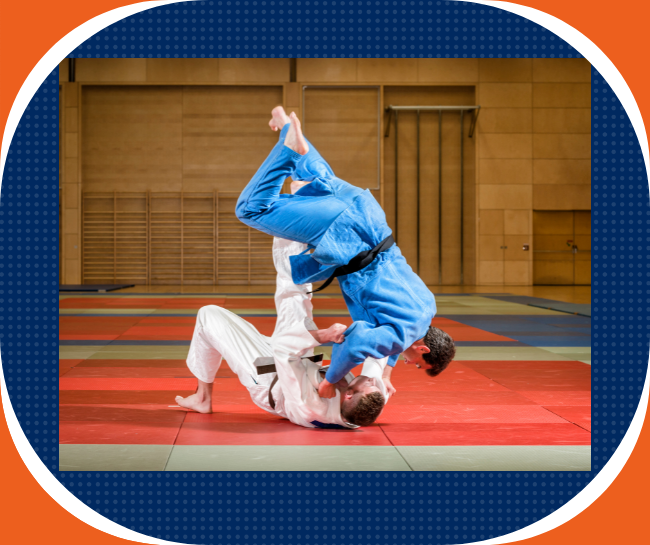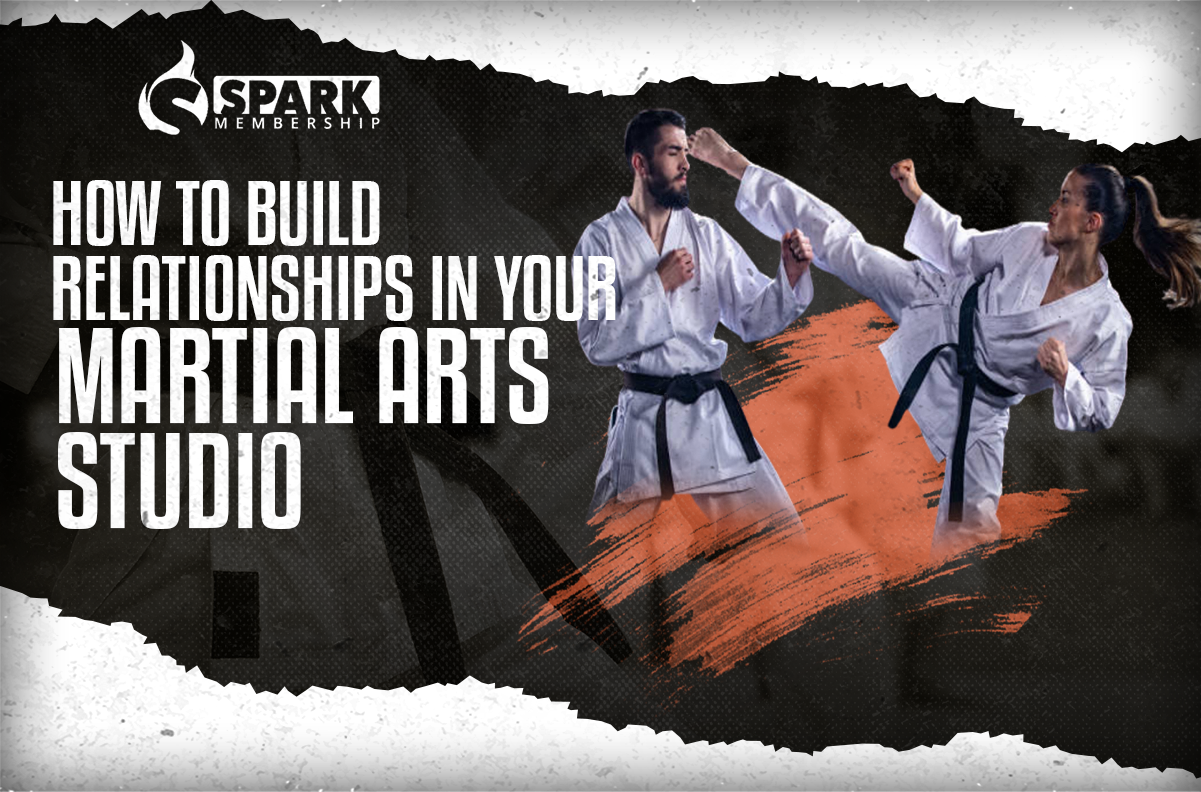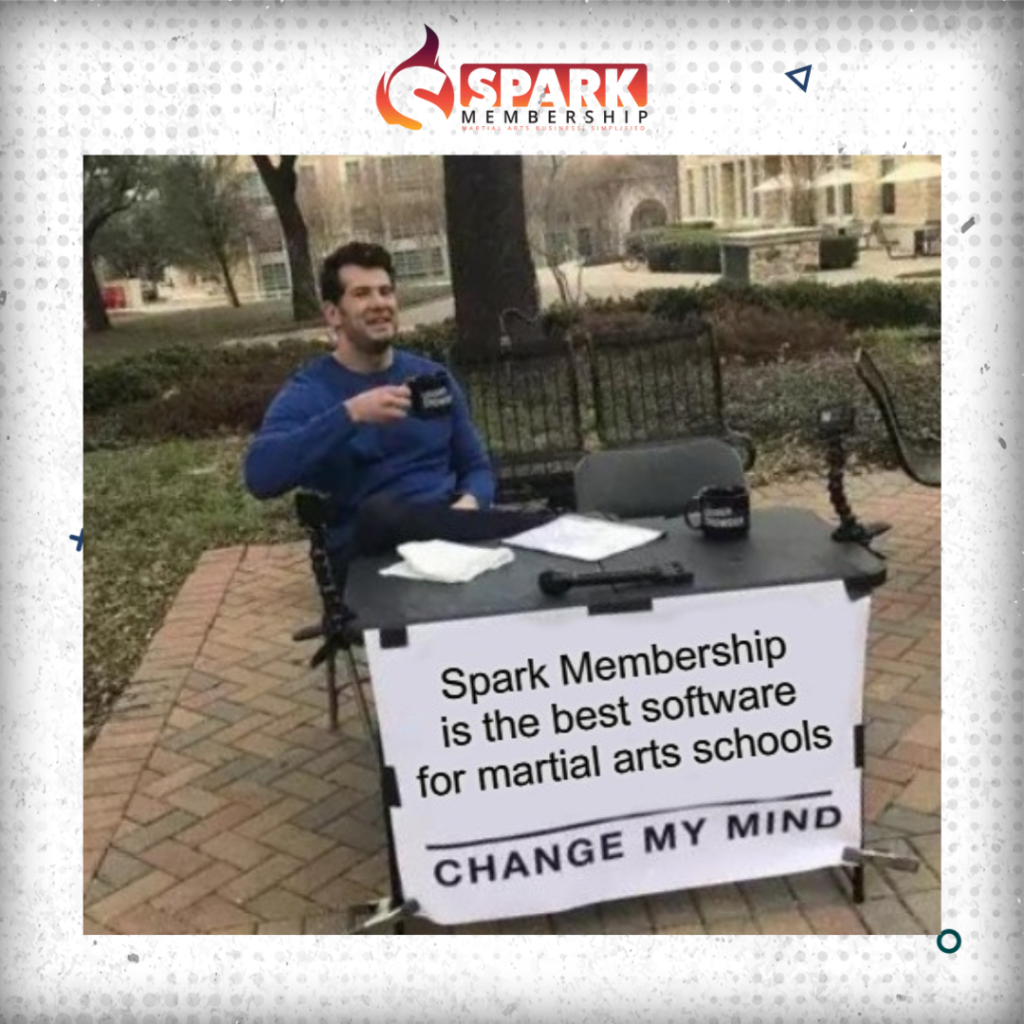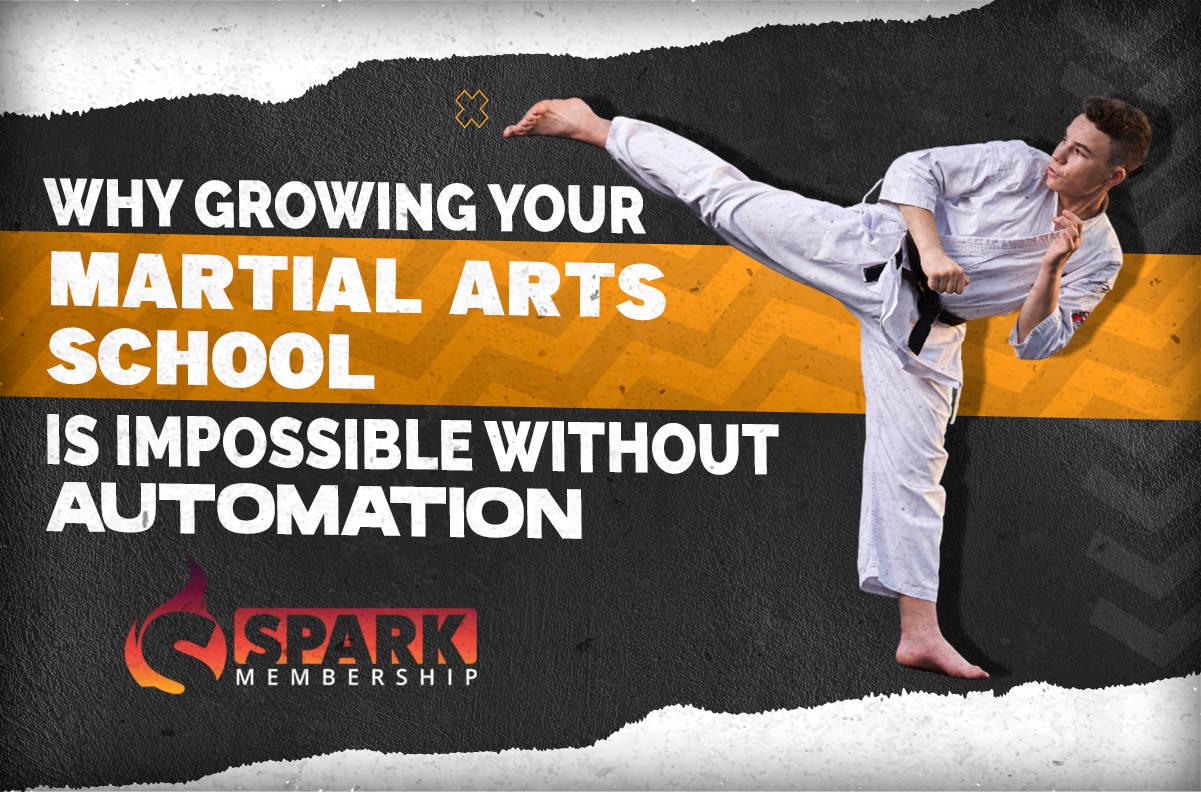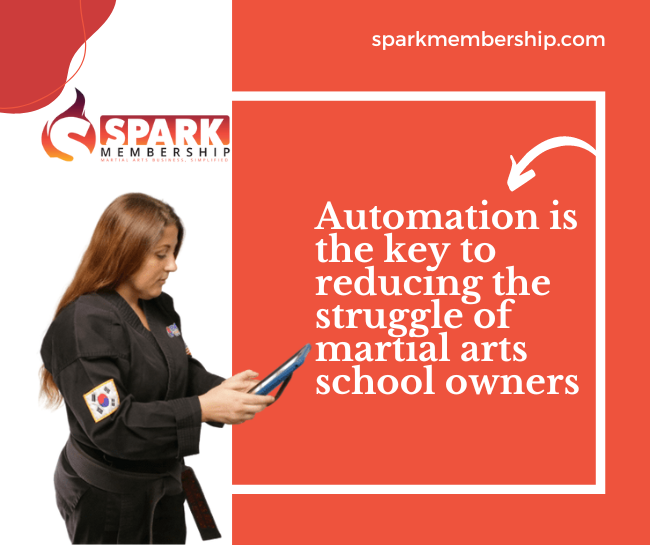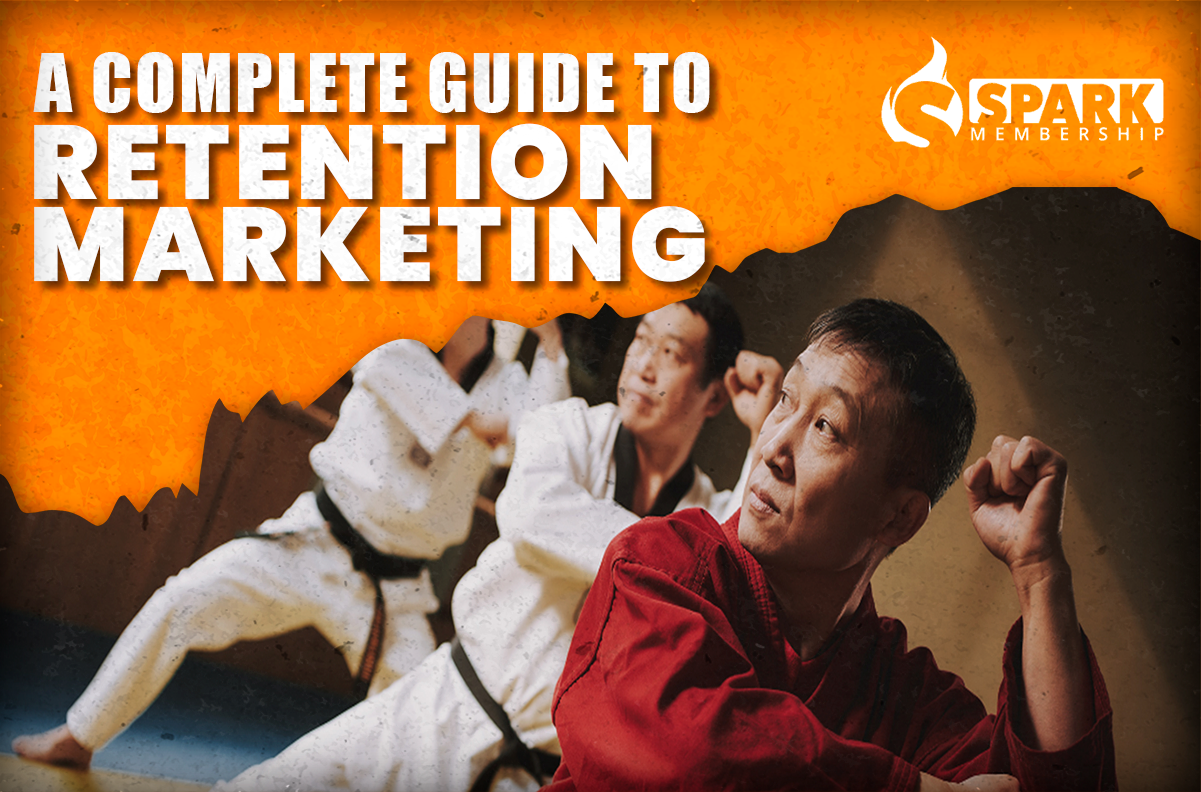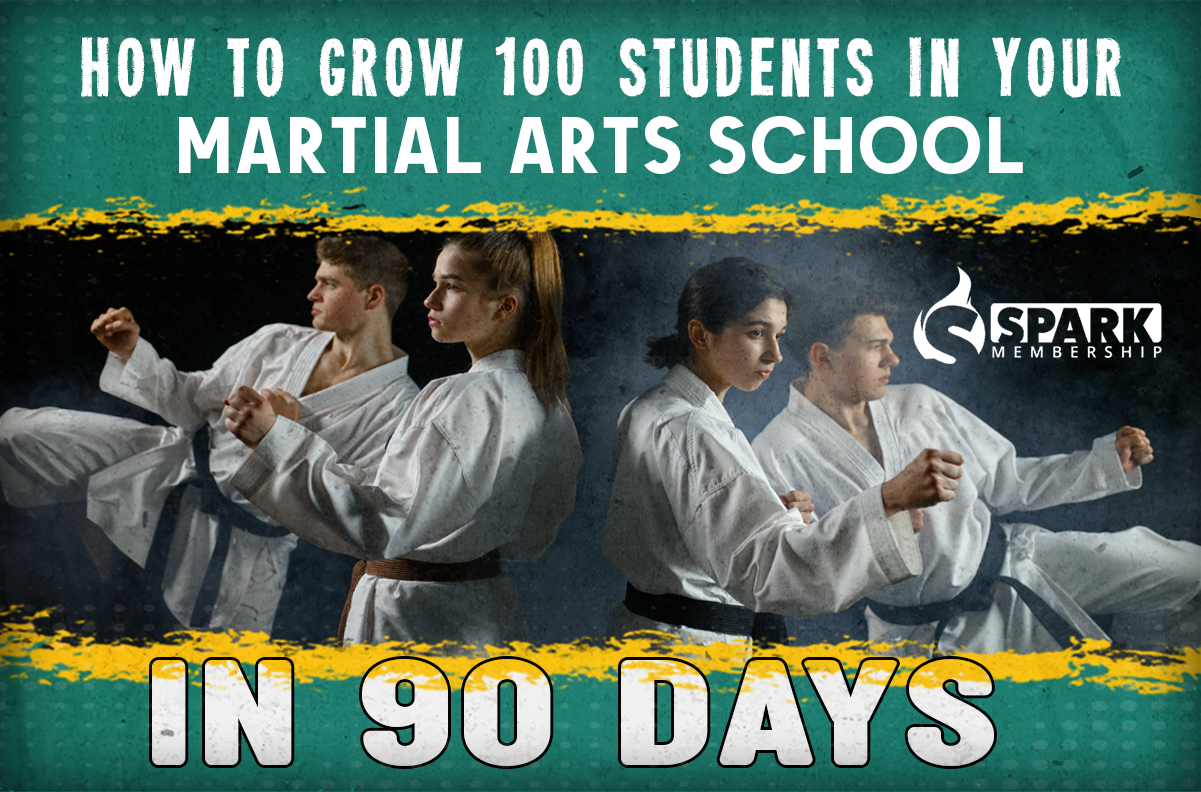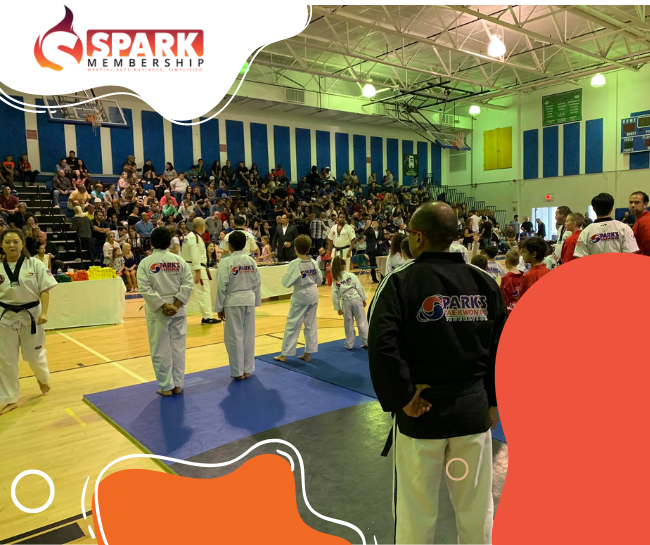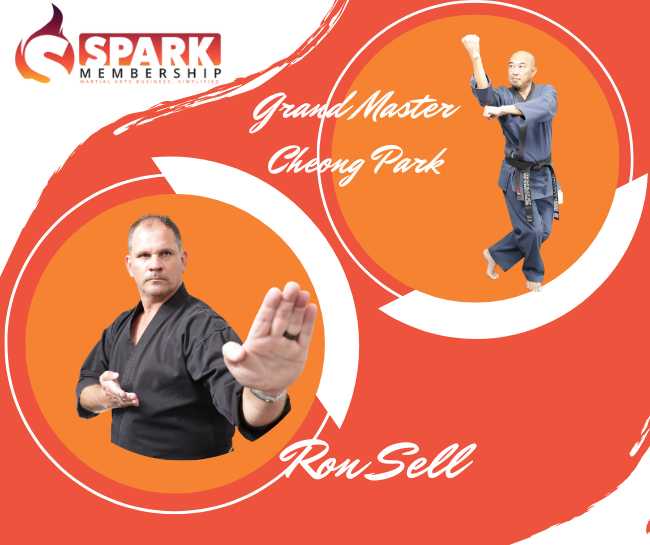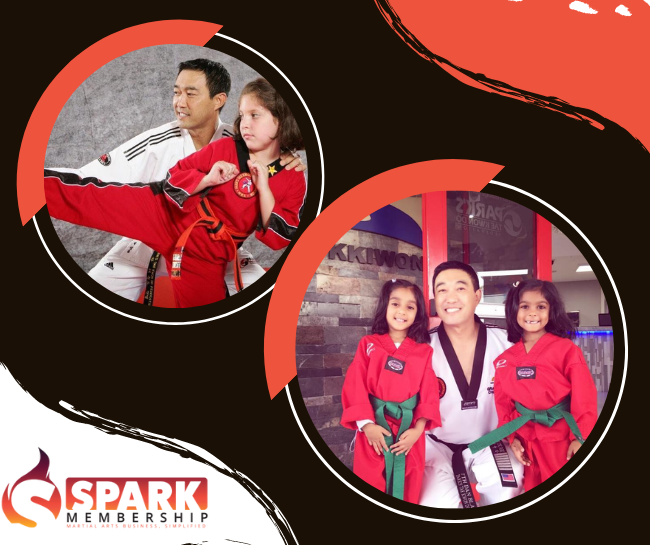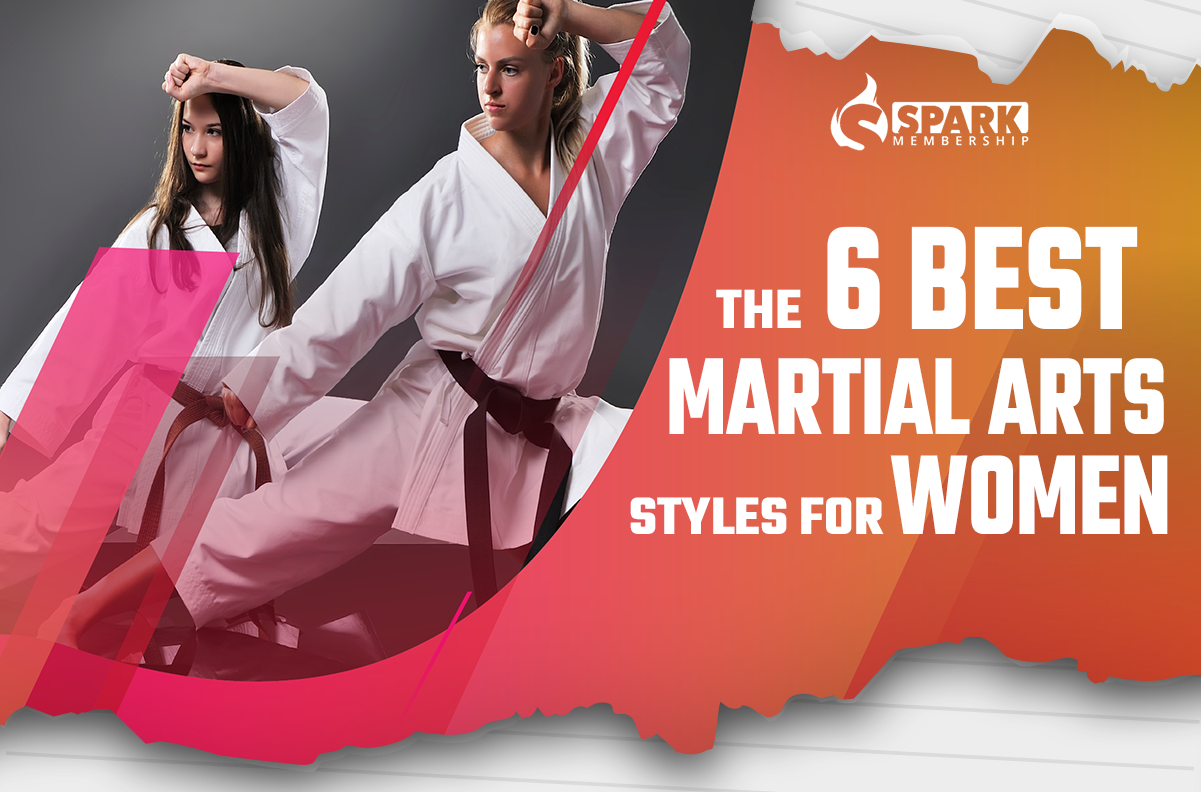
Be it a day at the workplace or a walk to your college, women’s safety is becoming increasingly complex. Self-defense seems to be the only feasible option for women to protect themselves from anti-social elements of society.
Let’s look at the top 6 Martial Arts for women in this segment.
Is martial arts good for women?
Yes, martial arts can be good for women. In fact, martial arts can provide a lot of benefits for women. Some of the benefits that martial arts can provide for women include improved physical fitness, better self-defense skills, and increased confidence.
Women who participate in martial arts often enjoy improved physical fitness because martial arts require a lot of strenuous activity. Martial arts also help improve balance and coordination, which can benefit everyday activities. Additionally, many self-defense moves taught in martial arts are designed specifically for smaller individuals, so women who participate in martial arts are more likely to be able to protect themselves in a dangerous situation. Finally, many women find that participating in martial arts increases their confidence and gives them a sense of empowerment.
Why women’s self-defense is important?

As already said to you in the beginning, women require self-defense techniques to protect themselves from predators who roam freely in society.
When I specifically say predators, I mean vile humans who roam in society without any moral values. These individuals just want to enjoy bodily lust with women as a momentary satisfaction.
Apparently, these men involve in harassing, groping, or molesting young women out there in the open. Hence, it becomes imperative for a woman to learn some kind of martial arts in order to defend herself.
Which martial arts is best for females?
Here, we have compiled six different martial art forms that have immensely helped women to cope with life in a better manner. Let me list them down for you one by one:
- Judo
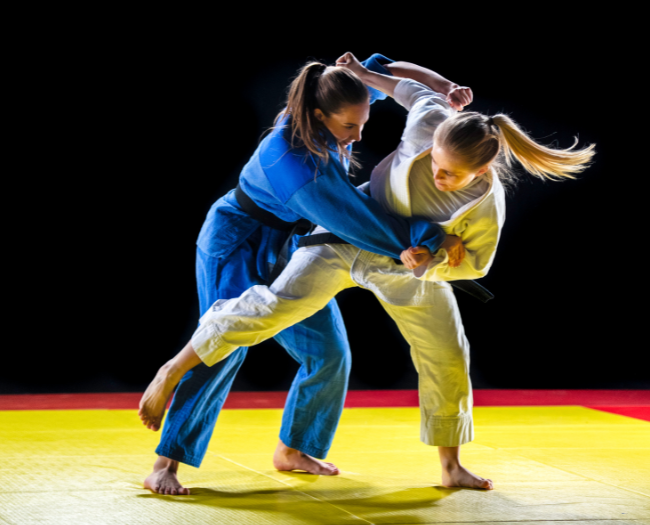
Judo is a martial art form that originated in Japan. This is a martial art that focuses on throws or submissions as against stronger punches or fast-paced kicks. The motto is to push the opponent onto the ground. When you learn or practice judo, you do not pay attention to building a physique of a steely kind. You rather learn a lethal set of moves that you perform on the street.
Kano Jigoro Shihan founded judo in 1882. In 1964, judo, an educational martial art, became an Olympic sport (after being named as a demonstration sport at the 1940 Tokyo Olympic Games which were cancelled due to international conflict).
- Wing Chun
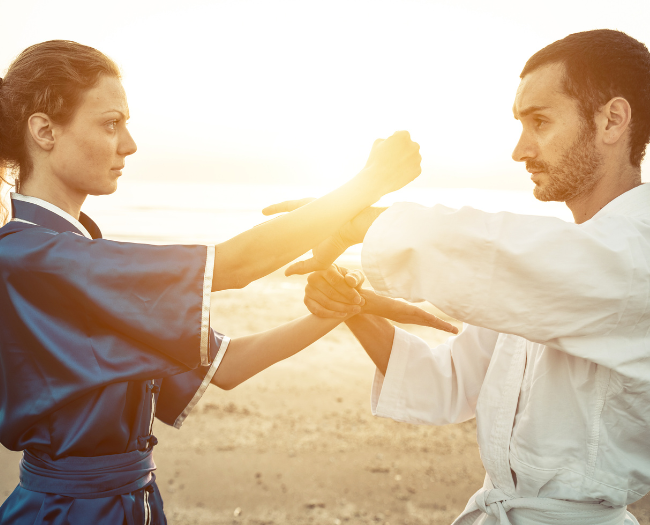
Wing Chun’s place of origin is China. This is a martial art that is invented by a woman herself. She is named Ng Mui. This is a martial art you can combat with, another woman, as a matter of fact. A famous celebrity named Yim Wing-Chun was directly trained under the leadership of Mui. This is a close-range combat system that focuses on face-attack or other close-range movements. Again, this is a favorite amongst women who can tackle their predators out there on the street.
How long does it take to master Wing Chun?
Depending on class and home time, Wing Chun can be learnt in 5 years. Students gain confidence in a year, compared to 15–25 years for other traditional Chinese combat arts.
- Aikido
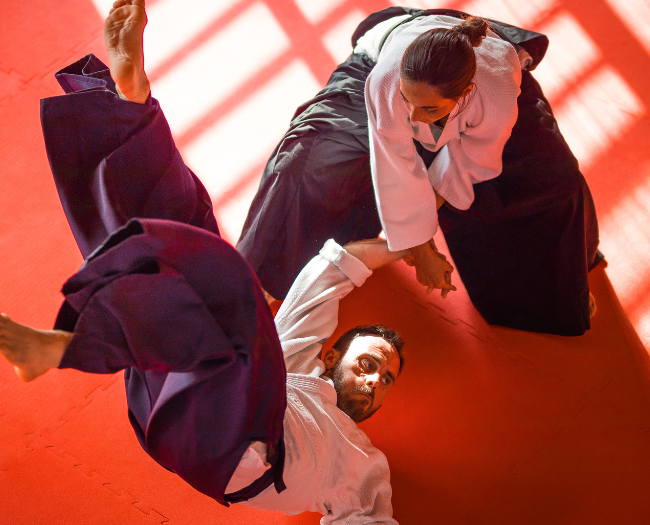
Aikido is a martial art form wherein you do not have the necessity to use excessive force on the other person. In other words, the opponent you are dealing with! Instead, you use the other person’s force itself to knock him down on the ground. You perform stunts to harmonize rather than defeat the opponent. Here, women find the art form move reliable as it allows them to do quick throws or locks to neutralize a conflict as against engaging themselves in a lengthy battle.
- Tae Kwon Do
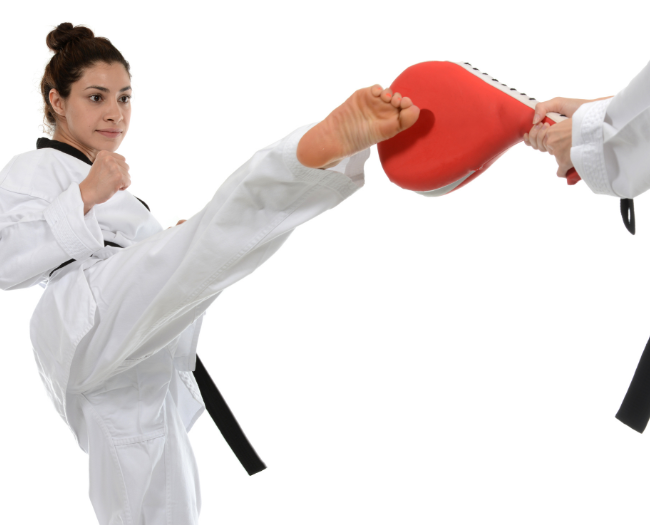
The origin of Tae Kwon Do is Korea. You can consider this a fun form of sport as it involves fast-paced punching and kicking. You can learn lethal moves to damage your opponent in style. Women usually have a weaker upper body. By learning Tae Kwon Do, you build your upper-body stamina levels. Women, therefore, are able to compensate for their weaker upper body strength via fast-paced or rather lightning-speed kicks.
- Muay Thai
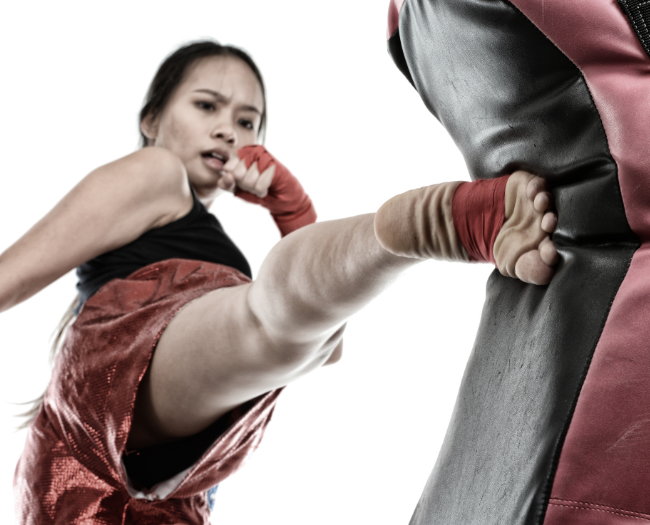
Muay Thai originates from Thailand. Here, women can learn moves that rely on elbows, knees, and the head. These are body parts way stronger than your fist. You can tackle your opponents down there on the street without much of a hassle. You can be strong enough to cause potential damage to the opponent on whom you are performing the stunts on. Again, if you make use of your head, elbows, or knees, you can cause enough damage to the man who dares try to rape you or molest you. You can learn this art form to dismiss your opponent without inflicting physical injuries on yourself.
- Krav Maga
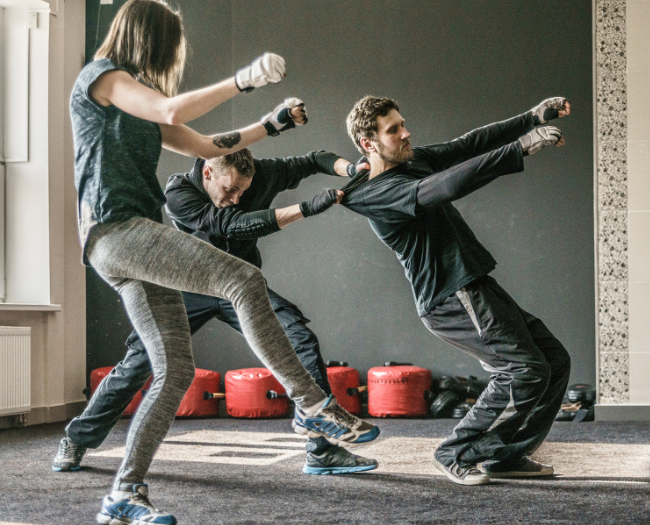
Krav Maga has its place of origin in Israel. This is the most lethal martial art as compared to the above-mentioned ones. Here, the woman can make use of any part of her body to defend herself against the opponent. The moves can be fierce and lethal too. The moves majorly make use of knees and elbows. Women, this way, are well equipped, to handle armed and unarmed violent situations pretty effectively.
What martial art is good for a short woman

For shorter women, Aikido, Judo, and Wing Chun are more suitable. Here, these women do not have strong taller legs. These art forms allow the practitioner to focus on her energy levels as against the size or shape of her body. Tae Kwon Do is a martial-art form suited for taller girls as kickboxing and punching need stronger arms and taller legs.
You must learn the pros and cons of the martial art you are planning to learn. This way, you are more well-paced to make an informed decision. Again, you can perform deep breathing exercises and go for Zumba classes to help your body cope with fitness. Martial arts can squeeze your energy levels if you are not ready to tackle your body hands-on.
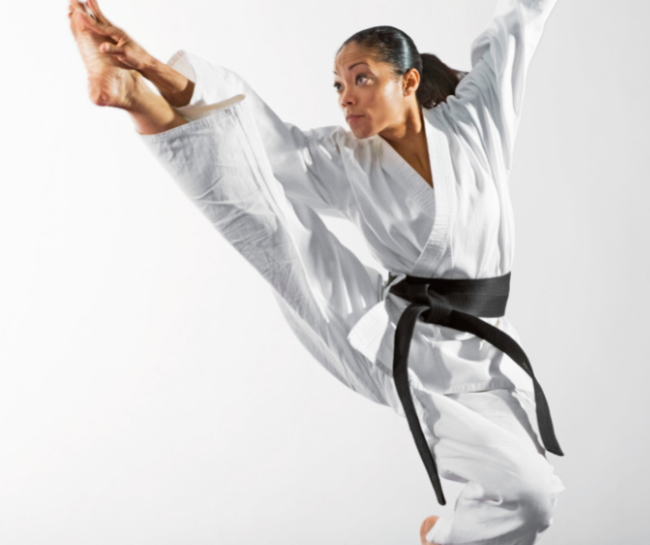
The top 6 Martial Arts for women have been discussed at length in this ‘Martial Arts and Fitness segment. You must look for a prototype that suits your body condition. You can also consult your medical practitioner if you have had thyroid problems or you have just come out of your first pregnancy.
It is always advisable that you enroll yourself with a leading Karate or Judo academy as you will have trained and experienced tutors that can understand your body type and help you with those moves and nuances.
Spark Membership automates your daily operations with one simple-to-use tool. It’s like having full marketing, sales, and admin team – without all the wages. More work is done every day. A lot less effort is wasted. Try it now!
